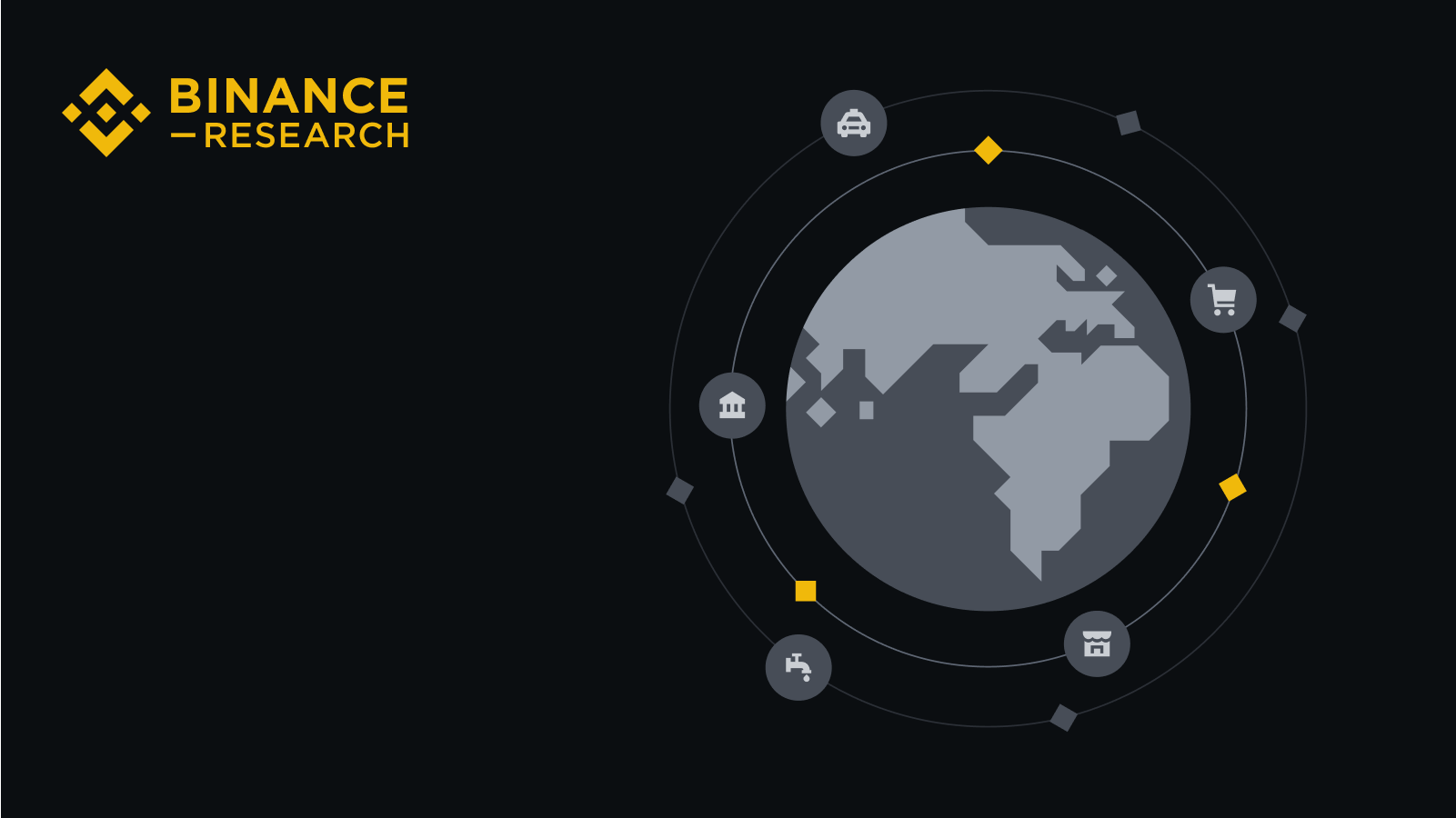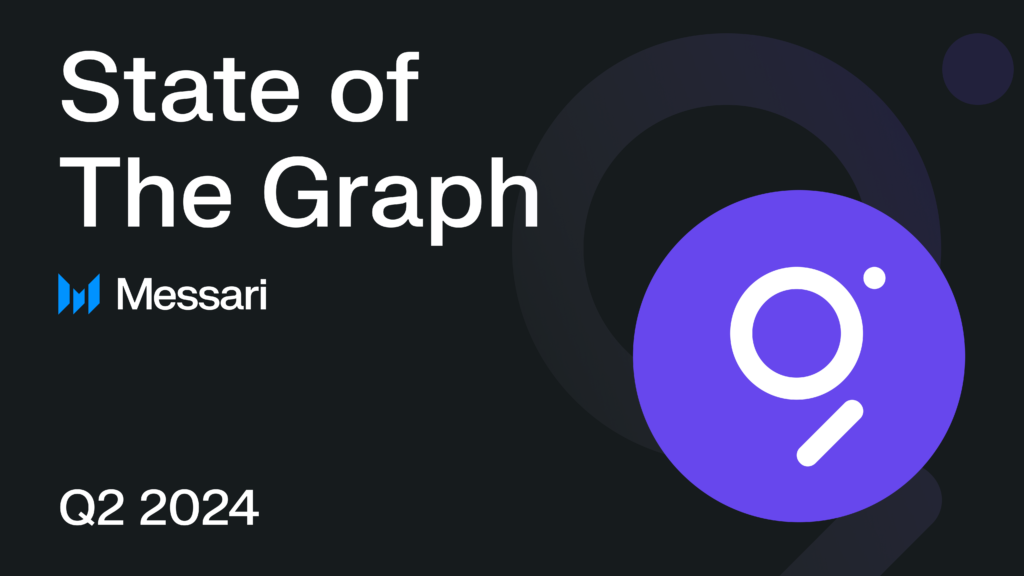Research Summary
The report explores the potential of Decentralized Physical Infrastructure Networks (DePIN) to disrupt traditional infrastructure scaling through blockchain and crypto economics. It covers various sub-sectors, including compute networks, wireless networks, storage, and sensors. The report also discusses the role of incentive mechanisms, the challenges faced by DePIN projects, and their future outlook.
Key Takeaways
DePIN’s Potential for Disruption
- Decentralized Infrastructure: DePIN projects incentivize individuals to contribute capital or unused resources to build transparent, verifiable networks. This model promotes collective ownership and distributed systems, challenging traditional centralized market structures.
- Significant Market Opportunity: The total addressable market for DePIN is substantial, suggesting significant growth opportunities for projects within this space. The report anticipates a surge in DePIN projects, but their long-term success hinges on real-world application and the ability to withstand practical challenges.
Role of Incentive Mechanisms
- Token Incentives: Key components of DePIN projects include an incentive mechanism using tokens. This mechanism rewards contributors with tokens for providing resources and ensuring service reliability, while also imposing penalties to prevent malicious activities.
- Self-Reinforcing Growth Cycle: DePIN projects aim to create a self-reinforcing growth cycle, where token incentives help overcome initial challenges in attracting supply-side participants, leading to increased network size and demand.
Challenges Faced by DePIN Projects
- Price Volatility: Despite their advantages, DePIN projects face challenges such as price volatility, which can deter participation due to the uncertainty it introduces for both supply-side contributors and service users.
- Limited Public Awareness: Public awareness of DePIN products is limited, with the general population largely unfamiliar with blockchain technology, thus restricting the appreciation and adoption of decentralized services.
Future Outlook of DePIN
- Coexistence with Traditional Infrastructure: Future DePIN projects are expected to coexist with traditional infrastructure players, leveraging idle resources for a sharing economy and supplementing last mile coverage, rather than replacing established networks.
- Real-World Applicability: The long-term success of DePIN projects will depend on their real-world applicability and the ability to withstand rigorous testing in practical scenarios.
Actionable Insights
- Explore the Potential of DePIN: Given the significant market opportunity, businesses and investors should explore the potential of DePIN projects and understand how they can disrupt traditional infrastructure scaling.
- Understand the Role of Incentive Mechanisms: Understanding the role of incentive mechanisms in DePIN projects can provide insights into how these projects attract supply-side participants and ensure service reliability.
- Consider the Challenges: It’s important to consider the challenges faced by DePIN projects, such as price volatility and limited public awareness, when evaluating their potential for growth and adoption.
- Monitor the Future Outlook: Monitoring the future outlook of DePIN projects can provide valuable insights into their long-term success and their potential to coexist with traditional infrastructure providers.











